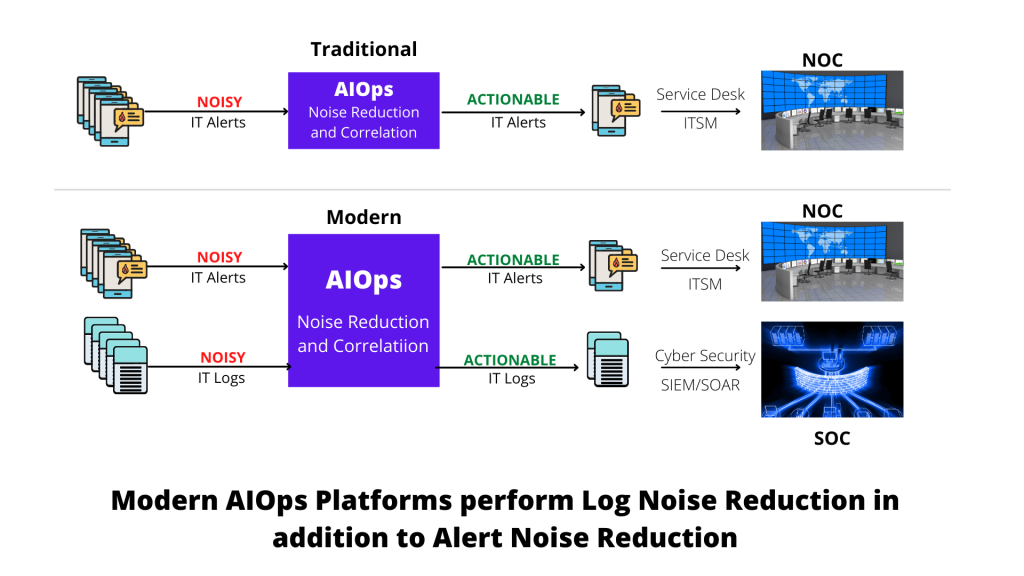
Are you tired of manually analyzing your log data and struggling to find the root cause of issues? It’s time to embrace AIOps – the future of log analysis!
In this article, we will explore the world of AIOps and how it can revolutionize the way you analyze your logs. We will cover everything from the basics of AIOps to its benefits and how to implement it in your organization.
What is AIOps?
AIOps stands for Artificial Intelligence for IT Operations. It is an approach to IT operations that leverages artificial intelligence and machine learning to automate and improve IT processes. AIOps has gained popularity in recent years due to the increasing complexity of IT systems and the need for faster incident response times.
How does AIOps work for log analysis?
AIOps uses machine learning algorithms to analyze log data and identify patterns and anomalies. It can automatically detect and diagnose issues in real-time, reducing the time and effort required for manual analysis.

AIOps can also identify correlations between different log sources, providing a holistic view of the entire IT infrastructure. This enables IT teams to quickly identify the root cause of issues and take proactive measures to prevent them from happening in the future.
Benefits of using AIOps for log analysis
- Faster incident response times: AIOps can identify and diagnose issues in real-time, reducing the time required to resolve incidents.
- Improved accuracy: AIOps uses machine learning algorithms to analyze log data, reducing the risk of human error and improving the accuracy of incident diagnosis.
- Reduced manual effort: AIOps automates the log analysis process, reducing the time and effort required for manual analysis.
- Holistic view of IT infrastructure: AIOps can identify correlations between different log sources, providing a holistic view of the entire IT infrastructure.
- Proactive issue prevention: AIOps can identify patterns and anomalies in log data, enabling IT teams to take proactive measures to prevent issues from occurring in the future.
How to implement AIOps for log analysis

- Identify your log sources: The first step in implementing AIOps for log analysis is to identify the log sources that you want to analyze. This can include logs from servers, applications, databases, and network devices.
- Choose an AIOps platform: There are many AIOps platforms available in the market, each with their own unique features and capabilities. Choose a platform that best suits your organization’s needs and budget.
- Configure the platform: Once you have chosen an AIOps platform, you need to configure it to analyze your log data. This involves setting up log sources, configuring log parsing rules, and creating alerts and notifications.
- Train the machine learning algorithms: AIOps platforms use machine learning algorithms to analyze log data. You need to train these algorithms to identify patterns and anomalies in your log data.
- Monitor and refine: Once you have implemented AIOps for log analysis, you need to continuously monitor and refine the system. This involves reviewing alerts and notifications, adjusting parsing rules, and retraining the machine learning algorithms.
Conclusion
AIOps is the future of log analysis. It can revolutionize the way you analyze your log data, providing faster incident response times, improved accuracy, and reduced manual effort. By following the steps outlined in this article, you can implement AIOps for log analysis in your organization and take your IT operations to the next level.
